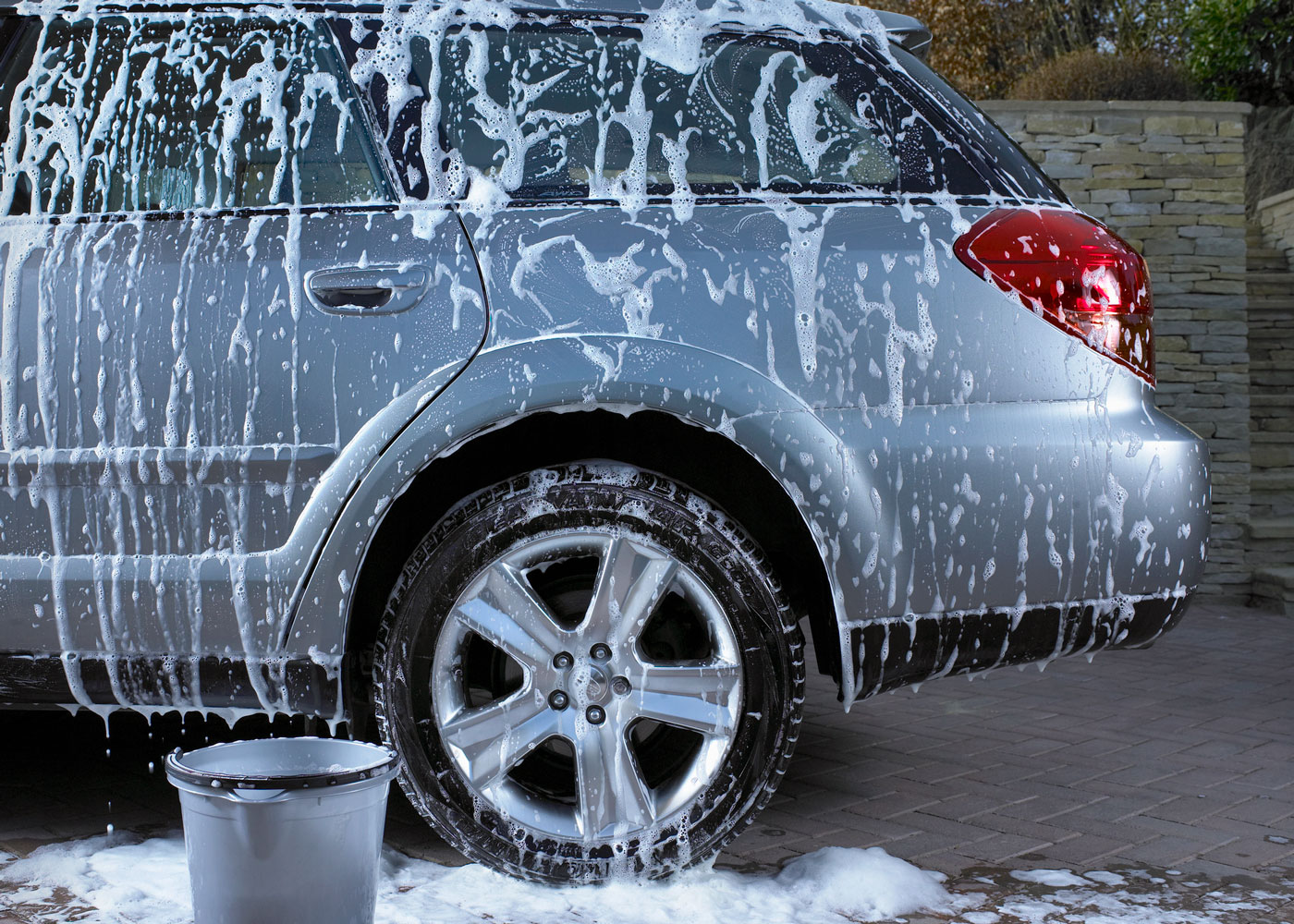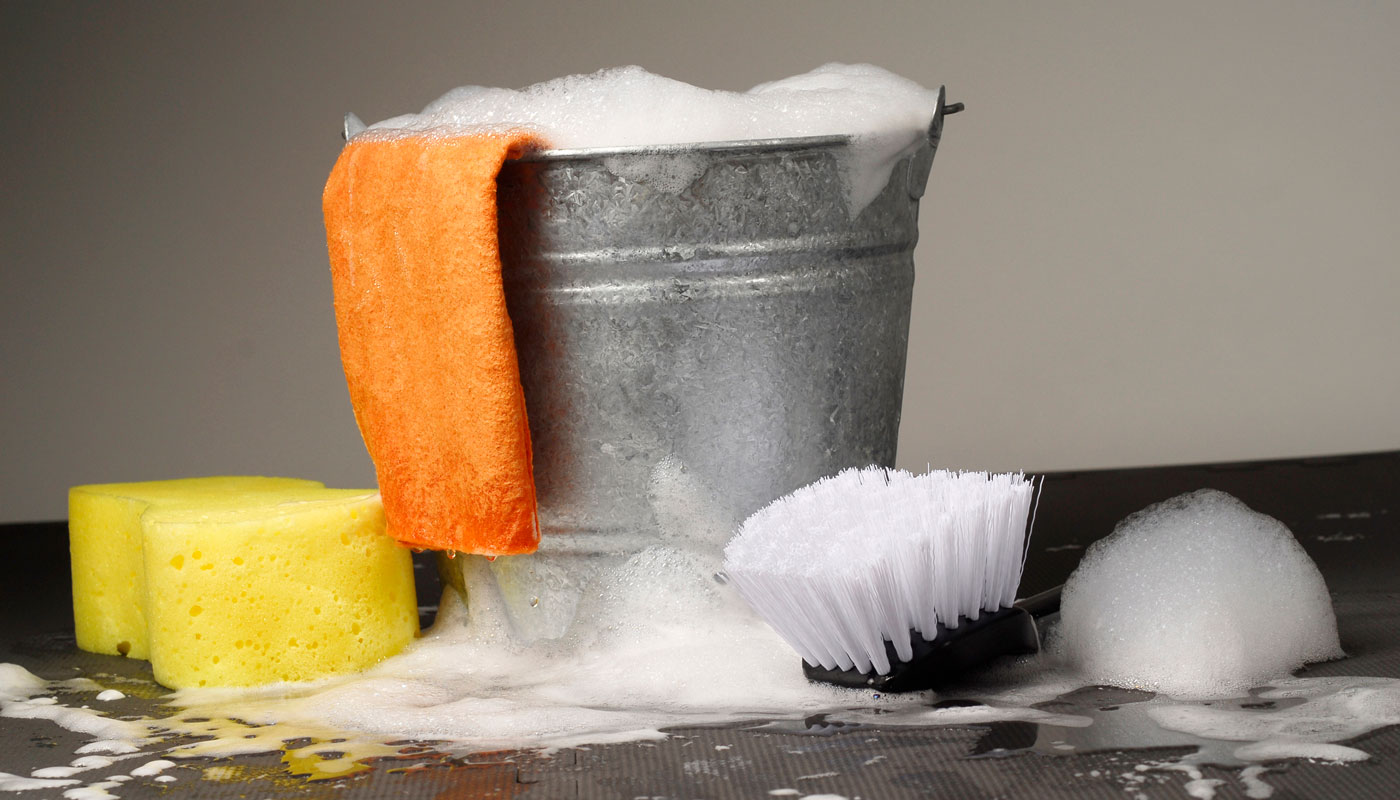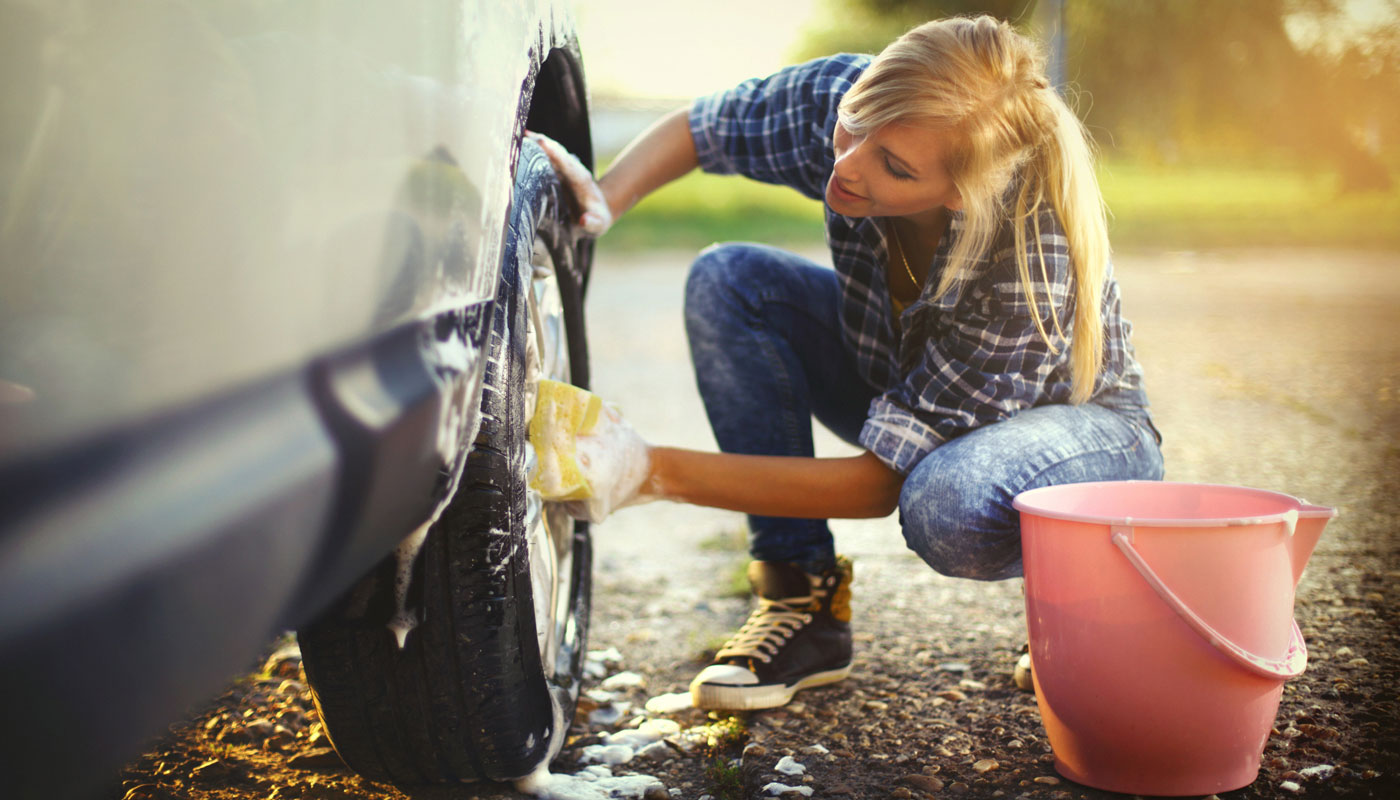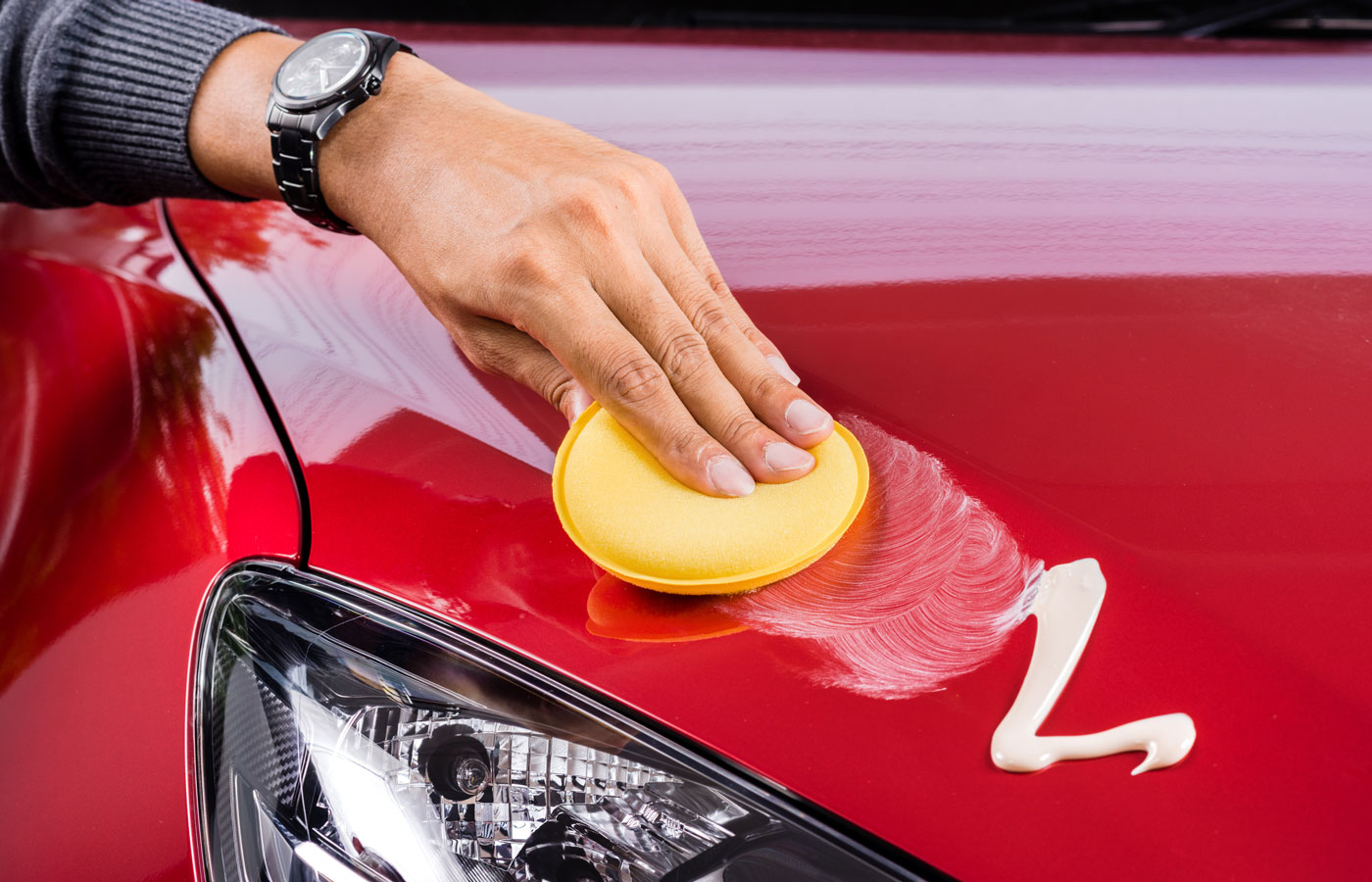How to Protect Your Car’s Paint: DIY Car Washes
Get into the details of DIY car detailing
 Getty
Getty
Maintaining your car goes beyond keeping up with oil changes or switching out the windshield wipers. Preserving a vehicle's value requires maintaining the car inside and out. Over time, factors like dirt and pollen can diminish the shine and even damage the paint.
While professional detailing services are an option, DIY car washes can also be practical and cost-effective ways to safeguard the paint and preserve the vehicle's value for the long haul.
 Getty
Getty
Using Proper Equipment and Materials
Before a DIY car wash, ensure you have all the necessary equipment. Using the correct cleaning products is key for effective, scratch-free cleaning. From soap choice to drying cloth quality, every detail matters for protecting the car's paint. The essentials needed for every do-it-yourself car wash include:
- Two buckets: Fill one bucket with clean water and the other with soapy water. This method reduces the transfer of dirt and grime picked up by a wash mitt.
- Access to Clean Water: Dirty water can include grit or sand that will scratch a car’s finish.
- Car Wash Soap: Choose a biodegradable, pH balanced soap that creates suds to lift dirt from the paint surface without damaging wax or coating.
- Microfiber Towels: These are the softest and least likely to scratch the vehicle’s paint. Store them separately in the garage to keep them clean and free of dust and dirt.
- Wheel Brushes: A soapy wheel brush makes it easier to clean the wheel nooks.
- Car Wax: Good car wax protects the paint from scratches between washes, acting as a barrier against dirt and environmental damage.
- Additional Cleaners (for glass and interior spaces): Don’t forget to use other cleaners to keep the car’s carpeting, seats and windshields clean.
- Vacuum: Using a vacuum is ideal for removing rocks and dirt from the vehicle's carpeting and trunk.
The Importance of Pre-Wash Preparation
One of the simplest ways to do this is to rinse the entire car with a hose that has a nozzle to control the water pressure. Using a soft brush on the car grill and hood can help remove bugs, tar or any other items that hit the car while on the road. If the vehicle is especially dirty, use a pre-wash soap to help with the process.
 Getty
Getty
Safe Car Washing Techniques
Once prepped, it's time to tackle the car washing process. Good washing techniques will help prevent swirl marks and other imperfections that will impact the paint.
Make sure to wash the car from the top to the bottom. That will help prevent dirt from being washed onto already clean sections. And rinse as you go; if you leave all the rinsing until the end, the soap will dry. You'll also want to use a soap specifically for car washes. While it may seem less expensive to use dishwashing soap, these detergents could ruin the clear coat on cars, making the paint appear dull.
After washing the car's exterior, use the wheel brushes to remove grease and grime from the rims. Then, using multiple clean microfiber towels, completely dry the entire car, including the wheels and windows.
 Getty
Getty
Post Car Wash Protection and Maintenance
Once the car is washed and dried, you’re not finished yet. Applying wax can help further protect car paint by providing with an extra layer of protection against environmental contaminants and UV radiation.
Use an interior spray to protect the dashboard from cracking or dulling, and vacuum all the floor mats, seats and trunk to remove dirt and trash. Remember to use a glass cleaner to make the windows sparkle, which helps drivers see better, especially at night.